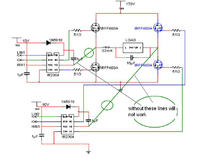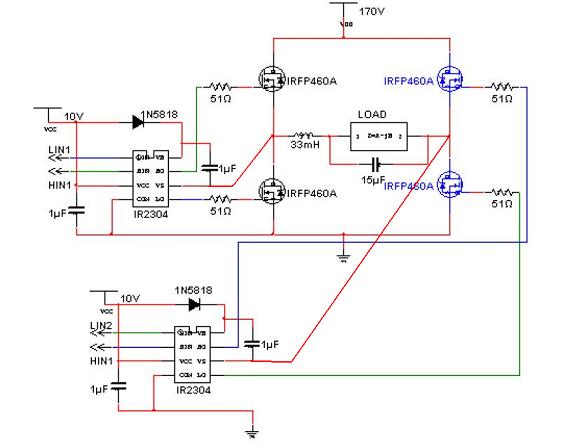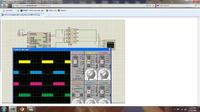youcef2010
Member level 1

Mr tpetar, RAZA and ch wazir
If you do not understand something, it does not mean that it seems to be revolutionary, How to get 220 V from 12 V DC, what do you think ? I want to keep the answer for you but no problem, I will answer, A simple "BOOST CONVERTER" Mr. TPETAR, what do you think now?
I am wondering how do you talk about transformer in transformerless systems, (Transformerless means without transformer). this is a new technology so please be up to date.
my question was how to drive MOSFETs, if you knew, I should be grateful if you answer otherwise you should keep your bad comments with you. the circuits you sent to me seem to be games or something very low level. In fact, inverters with NE555 are used in games for children, however, my project is to design a transformerless inverter 12/220 mounted directly to a photovoltaic panel. I am talking about micro-inverter, it is something like smart grid, novel technology. So please look at my question and forget the fact that my design is with transformer or with relay !!!!!!!
Kind Regards
YOUCEF2010
If you do not understand something, it does not mean that it seems to be revolutionary, How to get 220 V from 12 V DC, what do you think ? I want to keep the answer for you but no problem, I will answer, A simple "BOOST CONVERTER" Mr. TPETAR, what do you think now?
I am wondering how do you talk about transformer in transformerless systems, (Transformerless means without transformer). this is a new technology so please be up to date.
my question was how to drive MOSFETs, if you knew, I should be grateful if you answer otherwise you should keep your bad comments with you. the circuits you sent to me seem to be games or something very low level. In fact, inverters with NE555 are used in games for children, however, my project is to design a transformerless inverter 12/220 mounted directly to a photovoltaic panel. I am talking about micro-inverter, it is something like smart grid, novel technology. So please look at my question and forget the fact that my design is with transformer or with relay !!!!!!!
Kind Regards
YOUCEF2010










